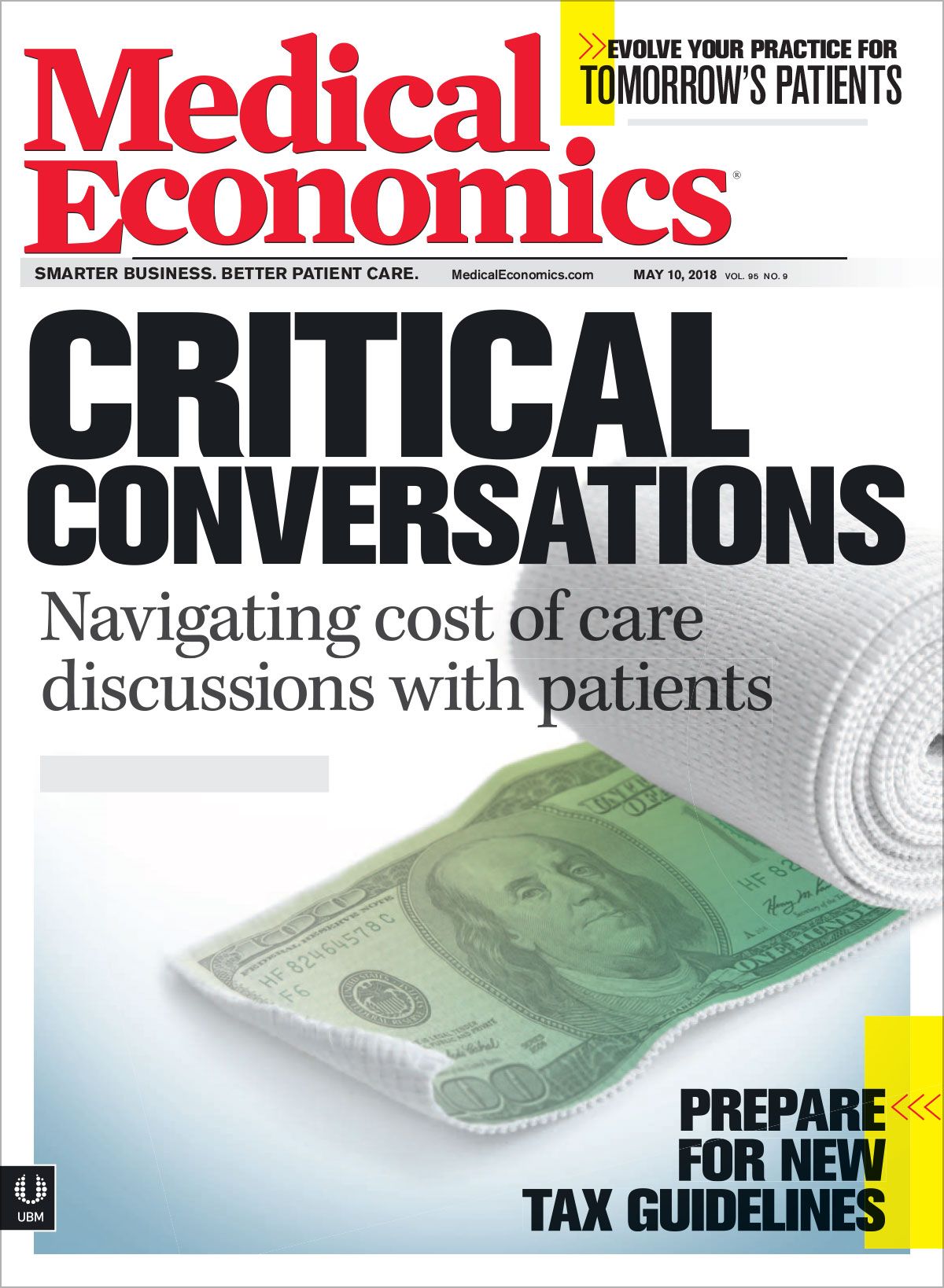Article
Don’t let technology come between you and your patients
Author(s):
What’s the effect of the growing digital generation on physicians’ practices?
This article appears in the 5/10/18 issue of Medical Economics

“With more distractions than ever, physicians need a new set of skills in their toolboxes to keep patients engaged during a shorter visit...”
more and more these days, it’s either the doctor or the patient left looking at the back of a computer or iPad. It might be the patient, talking to the top of their doctor’s hairline while the rest is obscured by a screen displaying their information via EHR. It could be the physician, looking at the back of a smartphone as their care is subject to a second opinion via Internet, or simply trying to get the full attention of a web-enabled patient.
What’s the effect of the growing digital generation on physicians’ practices? You’ve already seen how reliant your younger patients are on technology, from using online review sites to shop for care providers to self-diagnosing via numerous websites offering a wide range of reliable-and not-so-reliable-information. And as patient records become more portable and patients are encouraged to take ownership of their health data, patients will take their business elsewhere if your practice doesn’t offer what they want.
That can range from seeking more flexible hours to succumbing to a patient’s every whim, whether for a quick antibiotic or something stronger.
Add to this the growing cost of a visit to your practice. Largely due to high-deductible or what the government calls new, “short-term” health plans, when there is actual treatment required for a condition, the patient is responsible for paying more.
Nowadays, the physician is the one being asked whether the prescribed procedure is really “necessary.”
Discussing cost of care is never easy. From trying not to offend a patient when inquiring about personal income to sometimes not knowing the true cost of a procedure when all is said and done, it can be tough. But it is also more necessary than ever these days as patients have become cost-conscious about the health services they require.
And technology is playing more of a role, providing both physician and patient with cost estimates whether for a prescription or a major procedure. When this happens, you’re likely to have both parties buried in their screens searching for information.
You’ll find some sound advice in this issue about how to help patients while also bringing this sometimes uncomfortable topic to a successful resolution. With more distractions than ever, physicians need a new set of skills in their toolboxes to keep patients engaged during a shorter visit and focused on long-term well-being vs. short-term cost.
There is no magic solution to these problems. Luckily, we are here to help and so are your peers. Perhaps the wisdom of the crowd can prevail and a little knowledge can go a long way to restoring precious physician-patient relationships.
Keith L. Martin is editorial director for Medical Economics. What is your biggest challenge in engaging patients in their care-and how have you overcome it? Tell us at medec@ubm.com.





